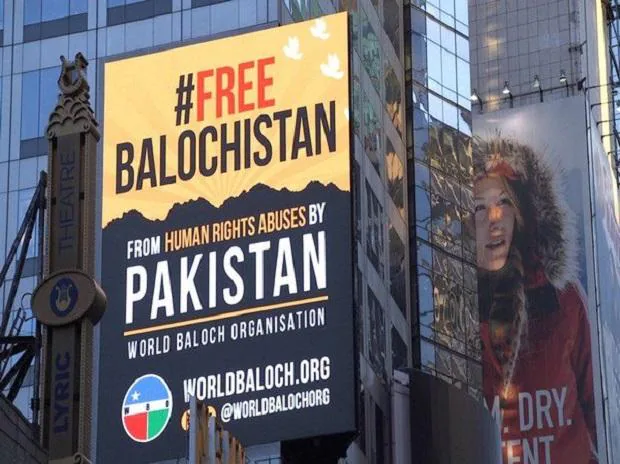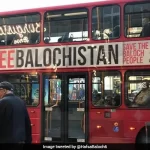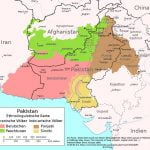Newly formed BNA marks coming together of Marris and Bugtis, two of Balochistan’s largest tribes that historically have not always seen eye to eye.
Balochistan ethnic nationalism has fuelled a separatist war as Pakistan, for over years, has ignored the pleas of the Baloch community. An uncontrollable insurgency has been witnessed spreading from Balochistan’s rugged mountains to Punjab urban centers, Asia Times reported, adding that the recent Baloch Nationalist Army (BNA) terror attack in the city of Lahore indicates the insurgency at large that is brewing. Earlier this month a blast in Lahore’s Lohari Gate had claimed two lives, including a child, and had injured 22 others. The United Baloch Army (UBA) and the Baloch Republic Army (BRA) at the time had merged and the Baloch Nationalist Army had taken the responsibility for the terror attack.
“The newly formed BNA also marks the coming together of the Marris and Bugtis, two of Balochistan’s largest tribes that historically have not always seen eye to eye”, Asia Times reported.
‘Deep-seated sense of exclusion’ driving Baloch nationalism

The two merged Balochistan resistance groups are not only vouching for the separation of Balochistan from Pakistan but have now also started to target China’s interests in the country such as the Belt and Road Initiative (BRI) projects. The United Baloch Army (UBA) is led by Mehran Marri, according to Asia Times. He is the son of late Baloch ideologue Khair Bakhsh Marri, who led the Marris for years. Brahumdagh Bugti led the Baloch Republican Army (BRA). He is the son of Akbar Bugti, the Baloch Sardar, and leader of the Bugti tribe who was killed in 2006 in a military operation.
The merger is significant, the report suggests, adding that it fuses two potent militant groups of the Marris and Bugtis, Balochistan’s largest known tribes. Balochistan Liberation Army (BLA) is now led by Khair Bakhsh’s second son Hyrbyair Marri. The historical UBA-BRA merger goes to show that the Baloch militant groups “are increasingly converging across tribal lines to form a united front against the Pakistan state,” Asia Times explains.
The Marri and Bugti tribes are comprise of other rebel groups that the BLA merged with, including the Balochistan Liberation Front (BLF), BRA to form Baluch Raji Ajohi Sangar (BRSA), or Baloch Nationalist Freedom Movement. This resistance force is challenging for Pakistan that is struggling to contain the resurgent Islamist movement Tehreek-i-Taliban Pakistan (TTP), also known as the Pakistan Taliban, a recognised terrorist group worldwide that recently ramped up the cross-border attacks from Afghanistan after the Taliban takeover.
Recently, Pakistan’s Chief of Army Staff (COAS) General Qamar Javed Bajwa visited a city in southern Balochistan to take stock of the uprising scenarios developing in the province. Rather than draw down its military presence, Pakistan has been bolstering its security and economic footprint and is involved in the development of one of the world’s biggest untapped copper and gold deposits at the province’s Reko Diq, despite the rebuke against the Pakistani government. A “deep-seated sense of exclusion has driven Baloch nationalism and militant insurgency since the 1948 forced accession of Balochistan to Pakistan,” Mir Muhammad Ali, a veteran Baloch nationalist who fought the Pakistan Army in the 1970s told Asia Times.




Comments